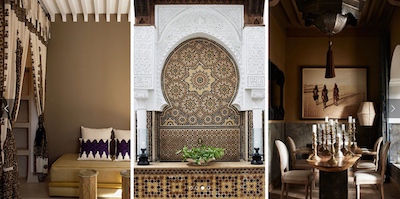5 Top Morocco Family Tours
A Morocco Family Tour should rank high on your bucket list. Morocco is a family-friendly country that offers a wide range of activities and popular tours that makes for easy family travel with those who have children of varied ages. Morocco’s sandy beaches and blue, jeweled coast stretch for miles…











